Although you may be excited to start your new garden, there are a few areas to consider before you start your new garden project.
Evaluate and choose a site – If you want to grow a specific type of plant, it is best to consider the conditions it requires. For those planning on growing vegetables, you will need at least 6 hours of sun exposure a day.
Your soil – Once you have identified where you want to plant, look at the soil and check its PH levels. For your plants to take up nutrients, they will need a somewhat neutral PH level between 6.2 – 6.8.
Preparing the garden bed – Your chosen site should be rid of grass and weeds to give your plants ample space and nutrients to grow.
Choosing your plants – If you are planning on growing a vegetable garden, then start with growing vegetables you and your family like to eat. On the other hand, if you are growing plants to beautify your surroundings, look at plants that grow quickly, to give your confidence a boost.
Planting – It is best to plant on an overcast day to stress new plants as little as possible. Before you plant, water your plants the day before and avoid removing all your plants from their pots before planting. For plants that have densely packed roots, gently tease them apart before planting them. Soon after planting, water your plants to hydrate them as soon as possible.

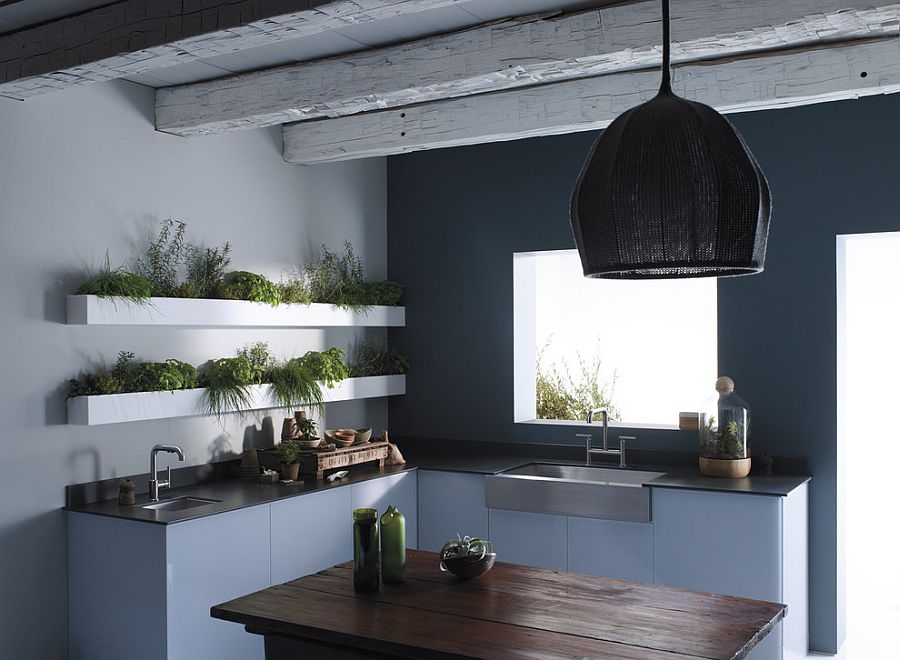



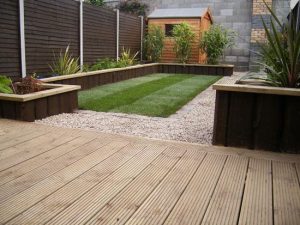 Most gardeners will dream of a ideas on how to redesign or improve their garden. Instead of getting frustrated at your gardening set backs, here are 4 tips for evaluating your garden design and creating a space that is rewarding.
Most gardeners will dream of a ideas on how to redesign or improve their garden. Instead of getting frustrated at your gardening set backs, here are 4 tips for evaluating your garden design and creating a space that is rewarding.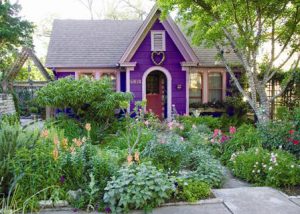 A cottage garden is defined as an informal garden with old fashioned flowers and plants. Signature modern cottage gardens will have self sowing plants, bushes and plants spilling off the edge of pathways. Although this style of garden may look like it requires no care, a good deal of maintenance is involved. Here are some advantages and disadvantages of creating and maintaining a cottage garden.
A cottage garden is defined as an informal garden with old fashioned flowers and plants. Signature modern cottage gardens will have self sowing plants, bushes and plants spilling off the edge of pathways. Although this style of garden may look like it requires no care, a good deal of maintenance is involved. Here are some advantages and disadvantages of creating and maintaining a cottage garden.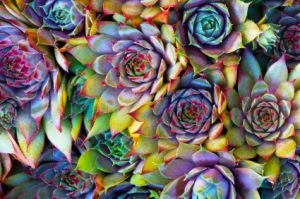 Ground cover plants take the fuss out of landscaping. They are dependable, hardworking plants, that will carpet your garden floor with minimal fuss. They also offer to control erosion for hilly landscapes and thrive in dry conditions, all the while beautifying your garden. Here are 5 great ground cover plants.
Ground cover plants take the fuss out of landscaping. They are dependable, hardworking plants, that will carpet your garden floor with minimal fuss. They also offer to control erosion for hilly landscapes and thrive in dry conditions, all the while beautifying your garden. Here are 5 great ground cover plants.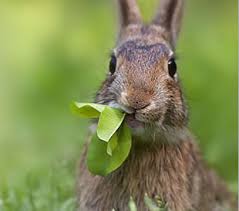 Although rabbits are cute, they can cause a lot of damage to your garden. Rabbits usually will eat any plant if they are hungry enough and can cause a lot of damage in just a few hours. Here are a few methods that will help you control and deter rabbits from entering your garden.
Although rabbits are cute, they can cause a lot of damage to your garden. Rabbits usually will eat any plant if they are hungry enough and can cause a lot of damage in just a few hours. Here are a few methods that will help you control and deter rabbits from entering your garden. If you’re new to gardening, you will understand the enjoyment you get from spending time in your garden and watching things you plant grow. To keep your garden in good shape, here are a few clever tips, used by professional gardeners.
If you’re new to gardening, you will understand the enjoyment you get from spending time in your garden and watching things you plant grow. To keep your garden in good shape, here are a few clever tips, used by professional gardeners.